Rubber sector needs to bend with the times
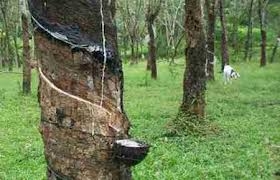 To cultivate the local rubber industry’s growth, the prime minister rubber-stamped Decision 750/QD-TTg outlining rubber industry development planning to 2015, with vision towards 2020.
To cultivate the local rubber industry’s growth, the prime minister rubber-stamped Decision 750/QD-TTg outlining rubber industry development planning to 2015, with vision towards 2020.
Under the decision, by 2015 Vietnam was expected to host 800,000 hectares of rubber fields and post 1.2 million tonnes of rubber latex, according to Vietnam Rubber Association (VRA).
General Statistics Office figures show that in 2011 there was 834,200ha of rubber fields in Vietnam, outpacing the target set for 2015, generating over 1.2 million tonnes of rubber latex. The rubber area is forecast to hit 900,00ha generating an estimated 1.4 million tonnes of latex in 2012.
“These figures show that Vietnam possesses natural rubber sources which are vital to future rubber industry development,” said VRA’s office chief Tran Thi Thuy Hoa.
Industry experts, however, assumed several thorny problems persisted.
First, albeit Vietnam ranks fifth worldwide in respect to natural rubber output and fourth in natural rubber export volume, made-in-Vietnam rubber products remain monotonous. Tires account for around 70 per cent of total products, with the remainder being simple items like rubber gloves, carpets or mattresses.
Tire production sector in Vietnam began developing from the 1990s only and had yet to turn out competitive complex items serving motorbike and auto industries, said Ho Chi Minh City Plastic Rubber Association chairman Nguyen Quoc Anh.
Tire-makers are only in a position to satisfy local consumption for motorbike and small van tires whereas up to 50 per cent of truck and passenger car tires need to be imported.
Second, unhealthy competition exists between domestic and foreign direct investment (FDI) capital businesses. That is because FDI firms positioned in Vietnamese export processing and industrial zones benefit from some tax incentives, whereas local firms do not, badly affecting the competitiveness of made-in-Vietnam rubber items.
Experts assumed Vietnam could grow into not only a top natural latex supplier but also potential major rubber item maker in the not distant future, given the country’s huge latex output and relatively stable product price of around $3,000 per tonne.
What the stars mean:
★ Poor ★ ★ Promising ★★★ Good ★★★★ Very good ★★★★★ Exceptional
Related Contents
Latest News
More News
- Industrial parks within Vietnam keen on Taiwanese investment (April 17, 2024 | 23:00)
- Vietnam can emulate Taiwanese high-tech success (April 17, 2024 | 21:00)
- Capital influx from Taiwan builds up steam in Vietnam (April 17, 2024 | 19:00)
- Chip industry taking on new players (April 17, 2024 | 16:38)
- Support rises in semiconductor chip development in Vietnam (April 17, 2024 | 16:00)
- Beacon Investment Fund to expand Lotus Group's F&B operations (April 17, 2024 | 11:09)
- Public investment progress requires a stronger thrust (April 17, 2024 | 09:21)
- Disbursement delay deemed unacceptable (April 17, 2024 | 09:13)
- Lack of sand prompts alternatives for traffic projects (April 17, 2024 | 08:00)
- Vietnam asks Apple to make it global production base (April 16, 2024 | 16:11)

 Tag:
Tag:
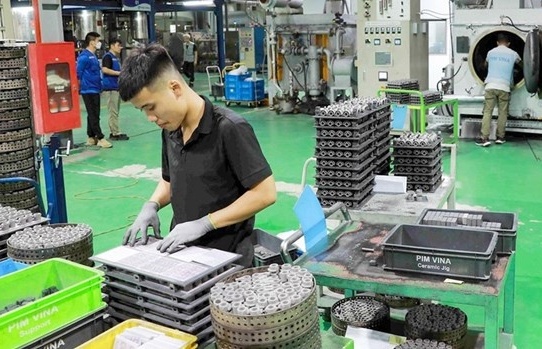

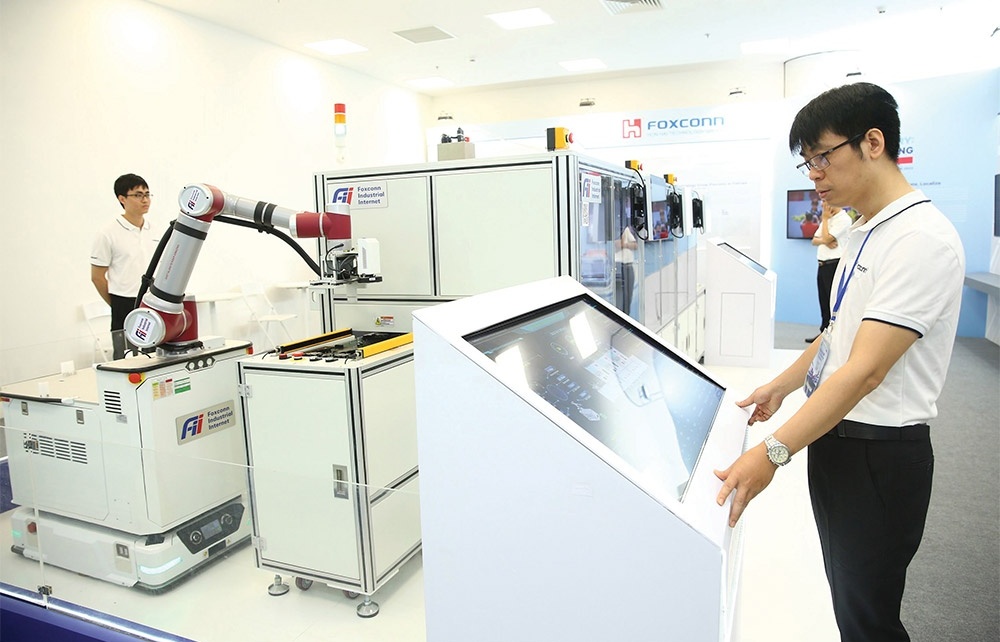



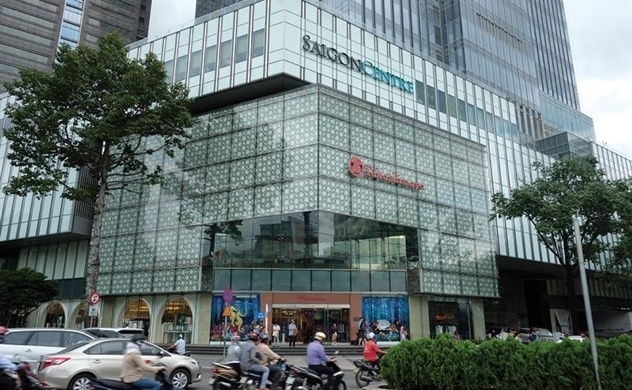
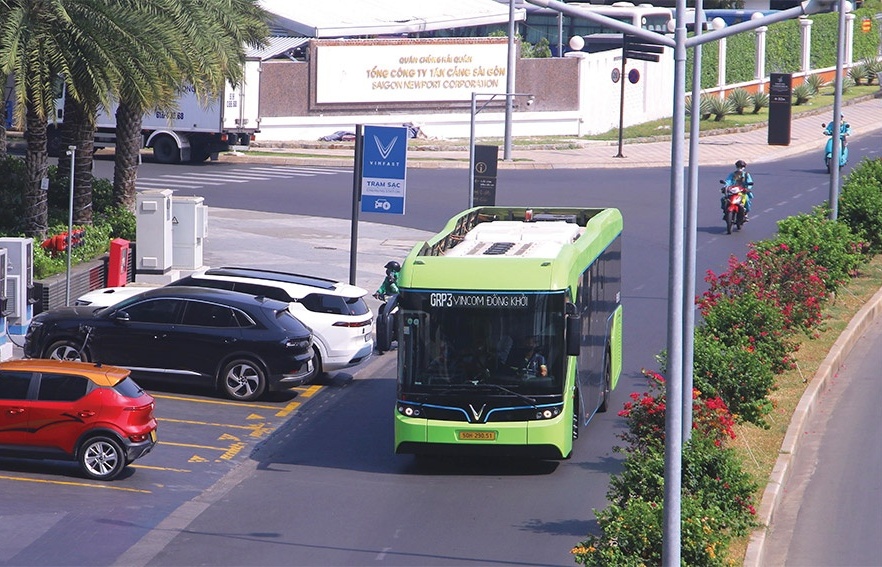








 Mobile Version
Mobile Version